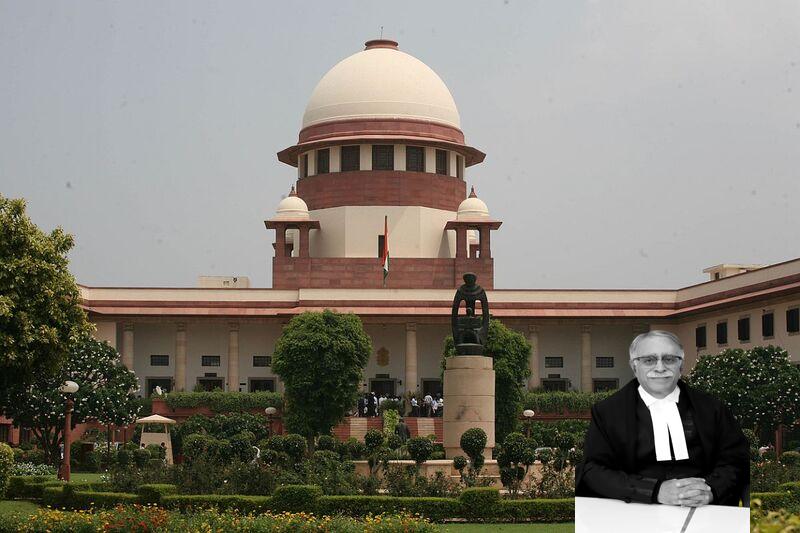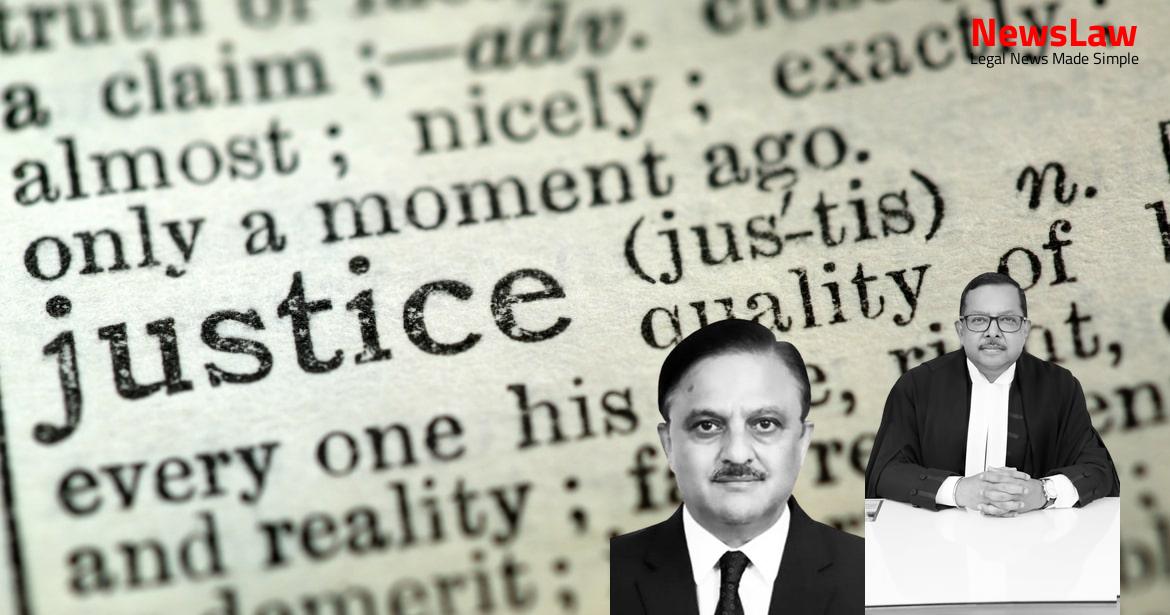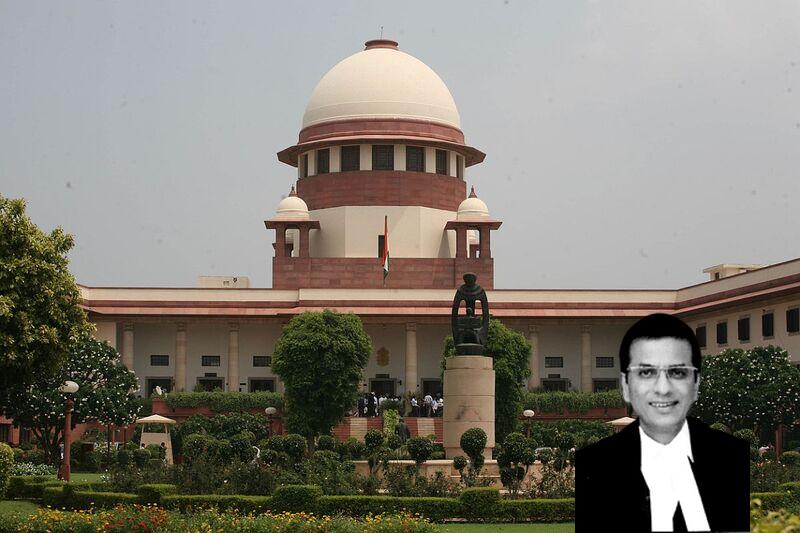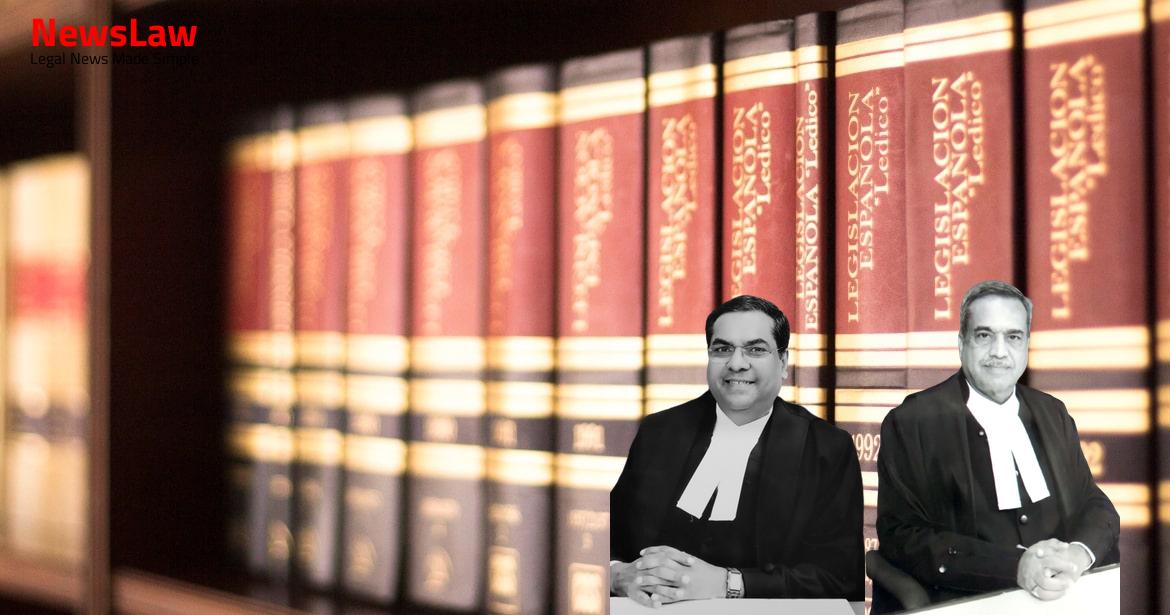This appeal impugns a judgment and order of conviction passed by the High Court of Delhi in Criminal Appeal No 431 of 2009 dated 31 May 2010, confirming the Appellant- Abhishek Page 2 of 32 Sharma’s sentence of life imprisonment under Section 302 of the Indian Penal Code, 1860, as awarded by Additional Sessions Judge, Delhi, vide judgment dated 30 April 2009. 2.3 On the way to the hospital, the deceased told Anoop Singh (PW-16) that the convict-appellant had set her ablaze. Upon completing the investigation, a challan was presented to the Trial Court for proceeding against him under Section 302 IPC on 06 February 2008. PW11- HC Naresh Kumar accompanied SI Balwant Singh to Maharaja Agarsen Hospital PW6- Sh. Yashin Nagpal partner of M/S Sai Telecom, where the deceased and accused were working PW20- Dr. Sharma record clerk from Maharaja Agarsen Hospital PW24- Shri Pradeep Kumar Misra Junior Scientific Officer, CFSL, Calcutta, examined Page 5 of 32 the blood and hair samples. Even though the defense on the ground questioned the veracity of this declaration that PW15, who was with PW16 while the deceased was taken to the hospital, had not heard the statement being made, the Trial Court found the same to have been established since there was nothing to show Page 6 of 32 that she had been tutored to state thus or that there was no possibility of her having made such a statement. 4.5 Consequent to the above discussion, the Trial Court found all four dying declarations to be consistent, voluntarily made, and in a fit mental condition. Page 8 of 32 4.6 The Court found that the statement of the convict- appellant was not credible, and the statement of PW6 was unblemished and unchallenged. 5.2 DD-II was made to PW18, which, it has been observed, was entirely in tune with DD-I made to PW16. This argument has been termed “hardly any argument,” and therefore, in view of the High Court, DD-IV also stood proven. An additional ground taken before the High Court was that a person with 25 % burn injuries could not have given detailed statements. It is also settled in all those cases that the statement should be consistent throughout if the deceased had several opportunities of making such dying declarations, that is to say, if there are more than one dying declaration, they should be consistent. In a case where there are more than one dying declaration if some inconsistencies are noticed between one and the other, the court has to examine the nature of the inconsistencies namely whether they are material or not. However, if some inconsistencies are noticed between one dying declaration and the other, the court Page 12 of 32 has to examine the nature of the inconsistencies, namely, whether they are material or not.
In case there are circumstances wherein the declaration had been made, not voluntarily and even otherwise, it is not supported by the other evidence, the court has to scrutinise the facts of an individual case very carefully and take a decision as to which of the declarations is worth reliance.” This judgment was also referred to by this court recently in Makhan Singh v. In such cases, where the inconsistencies go to some matter of detail or description but is incriminatory in nature as far as the Accused is concerned, the court would look to the material on record to conclude as to which dying declaration is to be relied on unless it be shown that they are unreliable; 31.8. In fact, in that scenario, it may not be a question of an inconsistent dying declaration buta dying declaration which is completely diametrically opposed to the dying declaration which is given earlier. Having considered various pronouncements of this court, the following principles emerge, for a Court to consider when dealing with a case involving multiple dying declarations: 9.1 The primary requirement for all dying declarations is that they should be voluntary and reliable and that such statements should be in a fit state of mind; 9.2 All dying declarations should be consistent. Page 15 of 32 9.5 9.4 The statement treated as a dying declaration must be interpreted in light of surrounding facts and circumstances.
State of Kerala this court declined to accept a dying declaration made by a person, 70 years of age, having sustained 80% burns. State of Bombay that in order to test the reliability of a dying declaration, the court has to keep in view, the circumstances like the opportunity of the dying man for observation, for example, whether there was sufficient light if the crime was committed at night; whether the capacity of the man to remember the fact stated, had not been impaired at the time he was making the statement, by circumstances beyond his control; that the statement has been consistent throughout if he had several opportunities of making a dying declaration apart from the official record of it; and that the statement had been made at the earliest opportunity and was not the result of tutoring by interested parties. A perusal of the dying declaration as above shows it to have been recorded in the third person, that is to say, that ASI Anoop Singh had reported on the incident of the victim being burned and that she had told him that her friend Abhishek Sharma had done so. Had the statement of the deceased, as told to PW16, been before the court as it is, the same could have been considered a dying declaration within the meaning of this section. Today I got free from my duty at 1 AM, I was coming back from duty with my friend Abhishek Sharma who is residing at Model Town.
Sd/English Mandeep Kaur Balwant Singh SIPS Model Town Delhi 21.09.07 Duty Officer PS Model Delhi it is Page 21 of 32 attested that today after receiving DD No.8A, I went to JPN Hospital with Ct. Date & Time of occurrence 1.40 AM dated 21.09.07, Place of occurrence in front of Queen Marry School, Model Town, Delhi, Date & Departure of Rukka: 2.50 AM dated 21.09.07 SI Balwant Singh D-800 PS Model Town Delhi PIS No 29680224. In the absence of a positive statement by the medical team responsible for her treatment, it cannot be stated, with certainty, that the medicines administered had no effect of impairing the mental fitness of the deceased. There was set in fire by pouring petrol on my daughter on 21.09.2007 by Abhishek Sharma, who was admitted in LNJP Hospital by police, on the same day, I along with family members made the arrangements to admit her in Maharaja Agersain Hospital with the intention to give her good treatment. Page 23 of 32 Sd/- Jasmair Kaur Attested by Sd/- SI, Balwant Singh Police Station: Model Town, Delhi Date: 03.10.2007 Sd/- SI, Balwant Singh Police Station: Model Town, Delhi Date: 03.10.2007” 21. The relevant portion of her testimony (examination-in-chief) allegedly implicating the accused is extracted as follows:- “Mandeep had told me that Abhishek had taken her in car from her office. State of Andhra Pradesh, while dealing with the liability of interested witnesses who are relatives, a two-judge Bench observed that it is well settled that evidence of a witness cannot be discarded merely on the ground that he is either partisan or interested or close relative to the deceased if it is otherwise found to be trustworthy and credible.
If, on such careful scrutiny, the evidence is found to be reliable and probable, then it can be acted upon. Keeping in view the two factors enumerated above and the lack of independent corroboration, particularly when the person making the statement is the mother of the deceased, the court cannot rule out, to a positive degree, the role played by a sense of loss and possibly even anger, to rely on such statement. Such unreliability of this statement is enhanced by the fact that there is a material difference between the statement of the mother treated as DD-IV and her deposition in which she claims the convict-appellant to have physically assaulted the deceased before setting her on fire.



